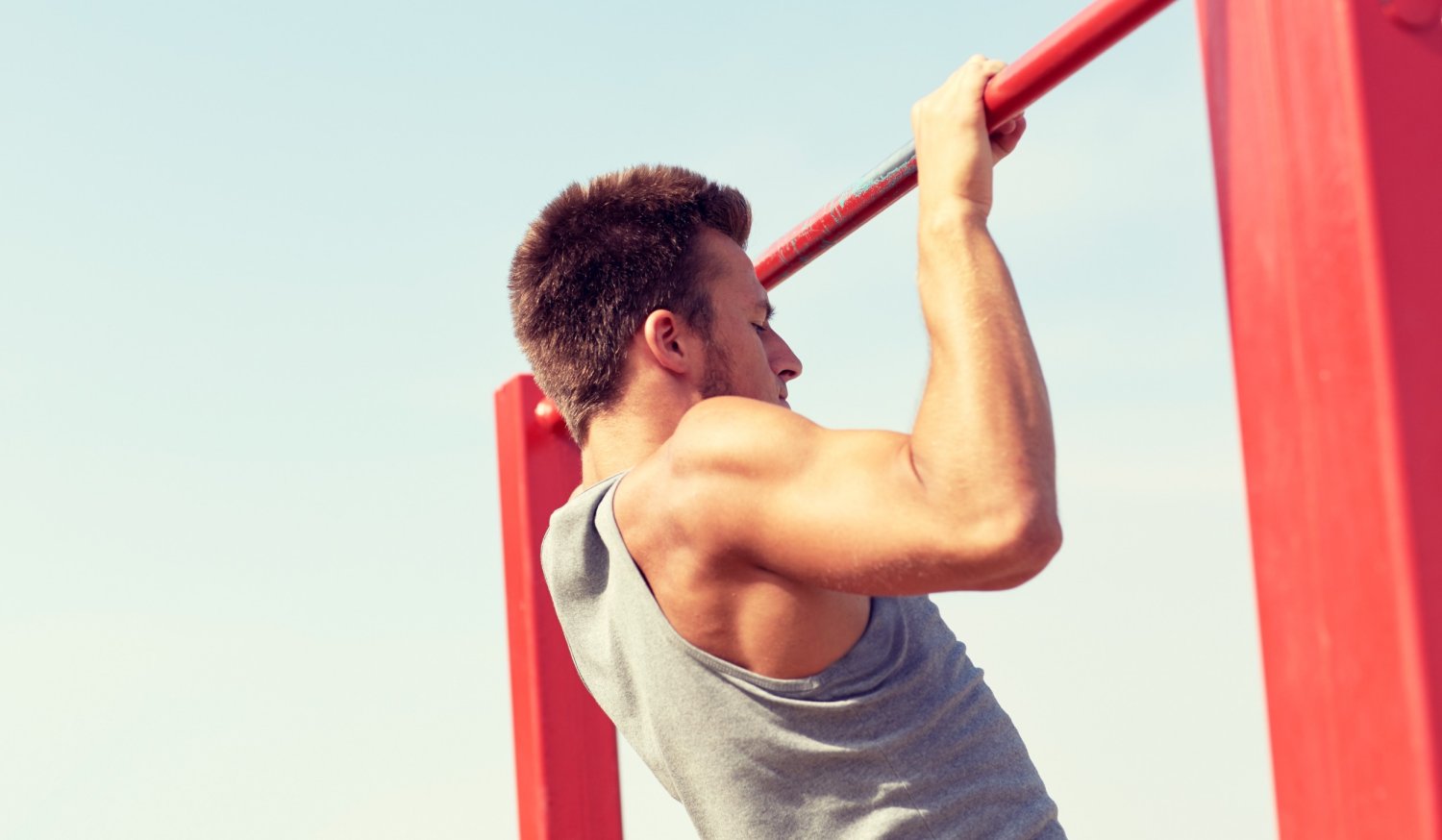Nobody can deny it: pullups are tough — even for the most dedicated gym rats. It requires exceptional strength to lift your own body weight up to a bar from a standstill.
The pullup is the ultimate display of strength. Some may consider getting one pullup lucky, but when you can rep them out, it showcases some intense levels of strength.
Achieving a perfect pullup demands both motivation and perseverance, alongside smart training. Pullups primarily engage your lats and biceps while also calling upon your deltoids, rhomboids, and core muscles to also step up to the plate. Strengthening these muscle groups is essential to helping you be able to pull yourself up and accomplish pullups.
While there are many ways to show off your strength and power, nothing quite compares to the pullup. It requires robust back, shoulder, and arm muscles, along with a solid core. But if you are ready to master this impressive feat, you might feel a bit daunted by the task ahead.
In this article, we will discuss some exercises that will help you do the perfect pullup sooner than you imagined. No longer should you stand there looking at the bar in total defeat. Let’s dive into it!
Disclaimer: It is recommended that you speak to your doctor before starting any exercise program to ensure you are healthy enough to do so.
Why Do Pullups?
Before we dive into the exercises, it is important for us to know the importance of pullups and why they are unavoidable in your exercise regime.
Pullups offer a great opportunity to challenge your arm, shoulder, and back muscles. Not only can they enhance overall body strength and fitness, but they also contribute to physical and mental well-being.
As an upper body strength training exercise, pullups provide a comprehensive workout for various muscle groups.
8 Exercises That Will Help You Get Better at Pullups
You will see quicker progress by incorporating a blend of these exercises tailored to enhance pullup performance. These specific exercises offer the most direct benefits, helping to strengthen the muscles essential for mastering pullups.
1. HOLLOW POSITION
The hollow position might seem straightforward, but it’s foundational for replicating the proper posture on the pullup bar. Your body alignment matters: avoid letting your feet trail behind, or your limbs go slack. The key is maintaining tension and activation throughout your entire body, from toes to fingertips.
2. DEAD HANG
Strong hands and forearms are crucial for mastering pullups. Dead hangs are ideal for strengthening your grip while also providing a stretch for tight upper-back muscles and enhancing shoulder mobility. These combined benefits make dead hangs a valuable addition to your workout routine, aiding in your journey toward achieving pullup proficiency.
Start with shorter hangs and gradually increase duration, aiming for at least 30 seconds per session. For faster progress, incorporate dead hangs into your daily routine whenever possible.
3. SCAPULAR PULLUP
Initiating the upward pull from a dead hang is often the most challenging part of a pullup. Many individuals find it difficult to move past this initial position, leading to incomplete reps. Scapular pullups target the upper back muscles, helping overcome the dead hang and achieve full range of motion pullups.
Once you feel confident with dead hangs, incorporate scapular pullups into your routine to strengthen the muscles necessary for successful pullup execution.
4. ECCENTRIC OVERLOAD PULLDOWNS
Increasing muscle strength is key to improving pullup performance. Eccentric overload pulldowns offer an effective method by pulling a heavier load with both arms and then controlling the eccentric (stretching) phase with one side, resembling the negative portion of a pullup. As you gain better control over heavier loads, you will see improvements in your pullup technique.
To maximize the benefits of eccentric overload pulldowns, focus on low repetition sets of four sets of six to eight reps. During each rep, aim to extend the negative portion for about four seconds, emphasizing control and muscle engagement throughout the movement.
5. STABILITY BALL ROLL-OUT
To enhance your strength, incorporate stability ball roll-outs into your routine. Using a stability ball, which is an air-filled, soft elastic ball available in different sizes, ranging from 55 to 65 centimeters in diameter, perform this exercise.
6. INVERTED ROW
Inverted rows are like an upside-down push-up and are a body weight pulling exercise. While the motion plane differs from a pullup (horizontal instead of vertical), they still help in building relative strength crucial for pullup performance.
This exercise strengthens the upper back and core while teaching engagement to maintain a moving plank during the pull. These skills are essential for executing pullups effectively. Since inverted rows are less challenging than pullups, they serve as an ideal starting point for your pullup training.
7. TRX ROW
The TRX row is the one that is closest to a pullup, engaging similar muscle groups as you pull your body weight. Adjusting your torso to be closer to parallel with the ground increases the challenge level of this exercise.
8. FLEXED-ARM HANG
The flexed-arm hang is a challenging hanging exercise designed to develop the necessary strength for the final portion of a pullup. Mostly done in the chinup position, with palms facing toward you, it targets key muscles used in completing the pullup motion.
Steroids4U.eu – Steroids4U.net – Steroids4U.to | Best EU Online Steroid Shop – Buy Steroids

Žiadne komentáre:
Zverejnenie komentára